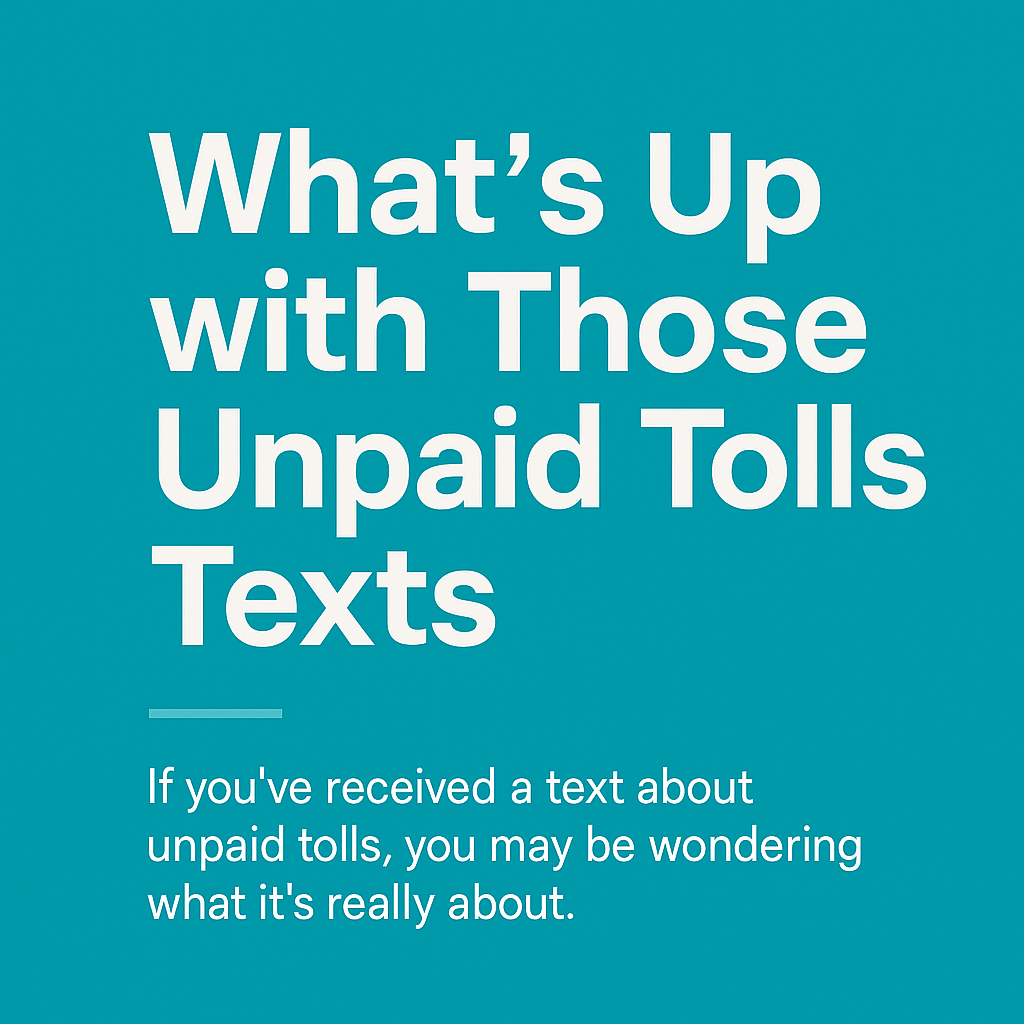The Hidden Dangers of Free Wi-Fi — And How to Protect Yourself
🚀 The Rocket Report
Edition 3: The Hidden Dangers of Free Wi-Fi — And How to Protect Yourself

We’ve all been there: sitting in a coffee shop, airport, or hotel, watching that spinning loading wheel until finally—success. You're connected to free Wi-Fi. It's convenient, fast, and saves your data plan. But behind that convenience could be a security risk you're not seeing.
⚠️ What’s the Real Risk?
Public Wi-Fi networks are often unsecured, making it easy for cybercriminals to spy on your internet traffic. This could expose:
- Your login credentials
- Credit card information
- Private messages and emails
- Business data if you’re working remotely
Even scarier? Some hackers set up fake Wi-Fi networks that look real (like “Starbucks_Guest123”) to trick users into connecting. Once you’re in, they have access to whatever you're doing online.
🛡️ How to Stay Safe
Here’s how to enjoy the convenience of public Wi-Fi without handing your personal data over to bad actors:
1. Use a VPN
A virtual private network encrypts your data—even on unsecured networks. Think of it as a privacy shield between you and anyone snooping on the network.
2. Avoid Logging into Sensitive Accounts
Wait to check your bank balance or log into your email until you're on a secure connection.
3. Turn Off Sharing
Disable file and printer sharing on your device when in public, and always say "no" if you're prompted to make the network a trusted one.
4. Use HTTPS Websites Only
Look for the lock icon in your browser's address bar. This ensures your communication with the website is encrypted.
5. Enable Two-Factor Authentication
Even if someone gets your password, two-factor authentication (2FA) can stop them from accessing your accounts.
🚀 Bottom Line
Free Wi-Fi isn’t free when it costs you your personal data. Don’t let convenience outweigh security. With a few simple precautions, you can stay connected and protected.
💡
Want more tech tips, digital security alerts, and smart design insights?
Follow The Rocket Report and stay ahead of the curve—one safe connection at a time.




